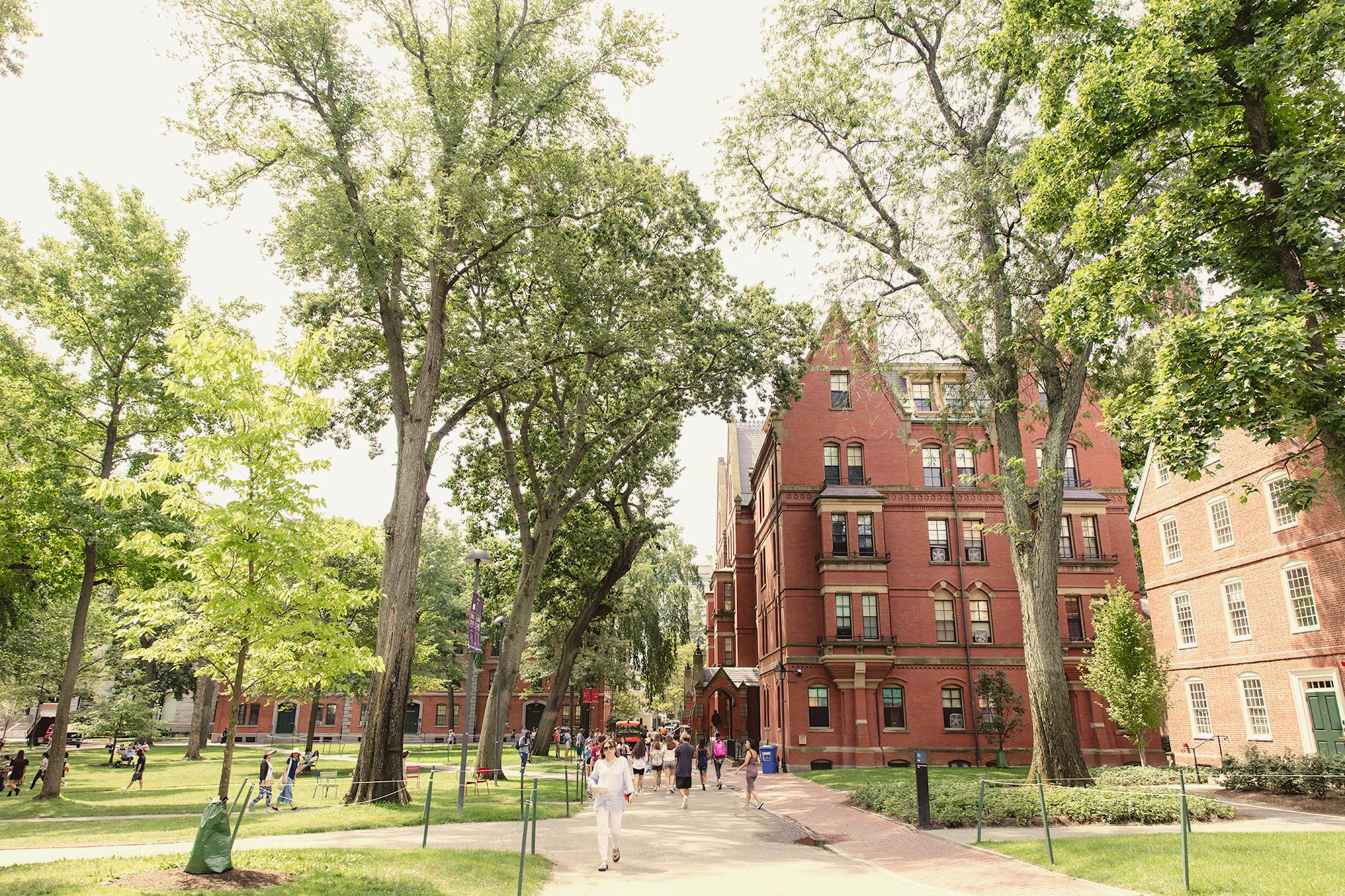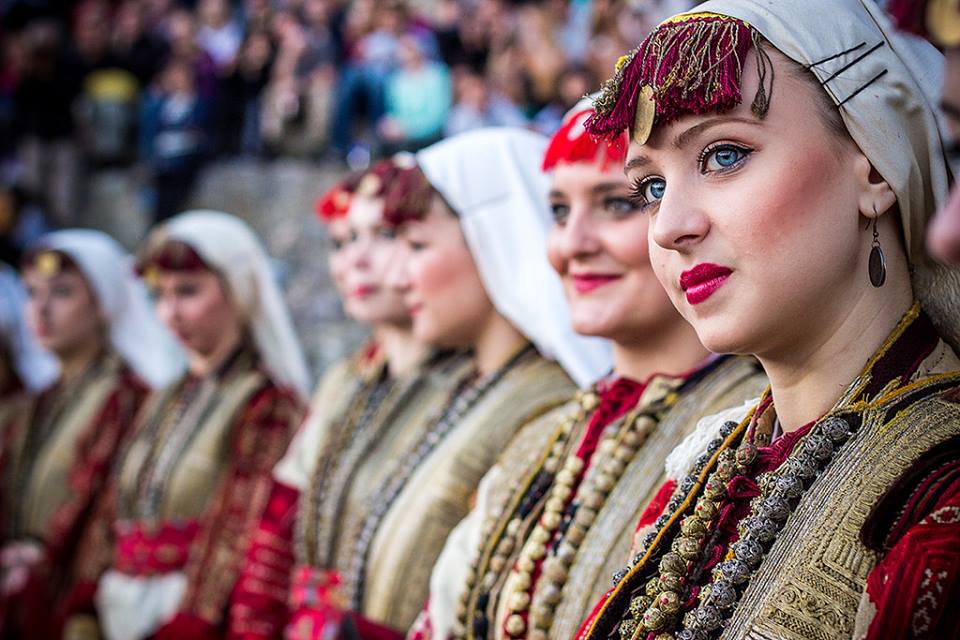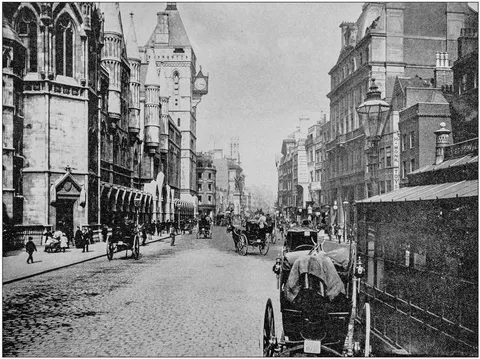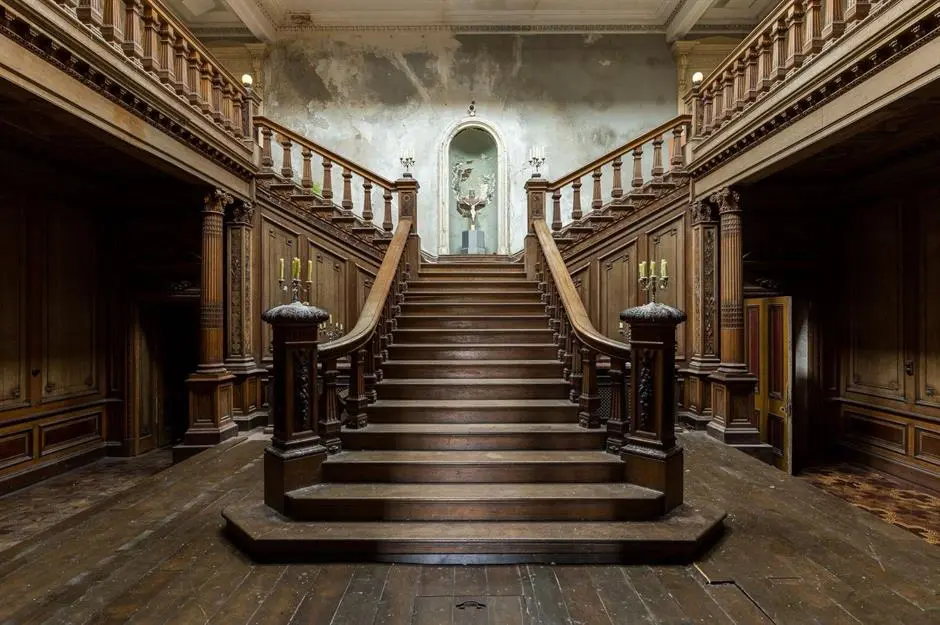The World's Earliest Genuine Color Photographs

The World In True Colour
When photography was first developed in the 1830s, it was wildly popular, but soon enough, people started demanding more color. Photographers started hand-coloring black and white photos, but at best they resembled terrible paintings and fell short of accurately capturing actual life. Enterprising scientists made a number of tries before Auguste and Louis Lumière developed autochrome, the most useful and profitable solution of the day. Approved in 1903, the process was put on display in 1907 and ruled the photography world for the following thirty years, according to the National Science and Media Museum. It was dubbed "possibly the most beautiful photographic process ever invented."
1908: Mark Twain Towards The End Of His Life, Redding, USA
Renowned American author Mark Twain was among the first well-known figures of the era to be photographed in color. American-born British photographer Alvin Langdon Coburn first saw autochrome in Paris between 1906 and 1907; a year later, he photographed the author of The Adventures of Huckleberry Finn at his Redding, Connecticut, home. 1910 saw Twain's death.
1910: Schoolchildren in Harvard, USA

The autochrome treatment wasn't limited to well-known names, either. This group of schoolchildren is shown with their instructors under magnolia trees on Oxford Street in Harvard, Massachusetts. Photographers like Charles C. Zoller captured such ordinary moments. The exposure time on a clear day is about one second, but on a gloomy day, it might take up to ten seconds. The children's faces are little blurry since, as we can see, several of them were unable to remain still for very long.
1912: Stagecoaches in Ghent, Belgium
Alfonse Van Besten, a painter by profession, embraced technology and used autochrome to capture everyday images in his native Belgium as well as spectacular tableaux. In the old center of Ghent, these towering, covered stagecoaches were photographed waiting on the Korenlei, often known as the "corn quay," on the bank of the Leie river.
1912: Adults And Children Pose In Front Of A Farm In Oberfelden, Germany
The Archives of the Planet, an extensive initiative to take pictures of civilizations all around the world, was funded by French financier Albert Kahn starting in 1908. It was discontinued in 1931 after Kahn's wealth suffered greatly in the 1929 stock market crisis. Nonetheless, 72,000 color photos were taken in 50 nations during that time, including this one, which was taken by well-known autochrome photographer Auguste Leon. About an hour west of Nuremberg, in the town of Oberfelden, is where the party is shown posing beside a historic farmhouse.
1913: Christina Paddling In The Sea, Dorset, UK
Photos taken in 1913, but more than a century later, Mervyn O'Gorman's series of a woman named Christina became viral online. This image was taken in Lulworth Cove in Dorset, England, one of the images taken there. The Drawn by Light exhibition, displayed in 2015 at the National Science and Media Museum in Bradford, West Yorkshire, England, drew visitors in with its peaceful, "almost surreal" character. The brilliant red of her attire earned her the titles "the original lady in red" and "Flickr pin-up for the 20th century" from the Daily Mail and El Pais, respectively. The extended exposure time gave the sea a "unreal glass-like quality."
1913: Serb Women In Festive Dress, Prizren, Kosovo

When Leon traveled to Kosovo, he saw a completely different environment, photographing everything from military to seed vendors in autochrome. In May 1913, he took pictures of these happy-looking Serb ladies in the vicinity of Prizren. The two very small toddlers at the women's feet were, predictably, too fidgety to remain still for the whole exposure, which led to two very blurry tiny faces.
1913: Market stalls at Luxor Temple, Egypt
Egypt attracted Western interest, partly because of the 1907 excavations of Thebes (modern-day Luxor) by Lord Carnarvon and Howard Carter. The British chemist Friedrich Paneth, who was born in Austria, took a number of autochromes while on their honeymoon in Egypt in 1913. This one is probably near the ruins of the Temple of Amun at Karnak, and it depicts local sellers in front of a colonnade.
1913: People Waving From The Old Bridge In Mostar, Bosnia and Herzegovina
Being an enthusiastic photographer, Albert Kahn personally photographed the stunning Stari Most, often known as the "old bridge," in Mostar, Bosnia and Herzegovina, in April 1913. Constructed in 1557 during the reign of Suleiman the Magnificent, it fell in November 1993 because to shell damage sustained during the Croat-Bosniak War. Three months after the conflict ended, Stari Most was restored to resemble its original design and reopened in July 2004. It is currently both a UNESCO World Heritage Site and a National Monument.


.webp)




.jpg)


.jpg)
.jpg)

.jpg)

.avif)

